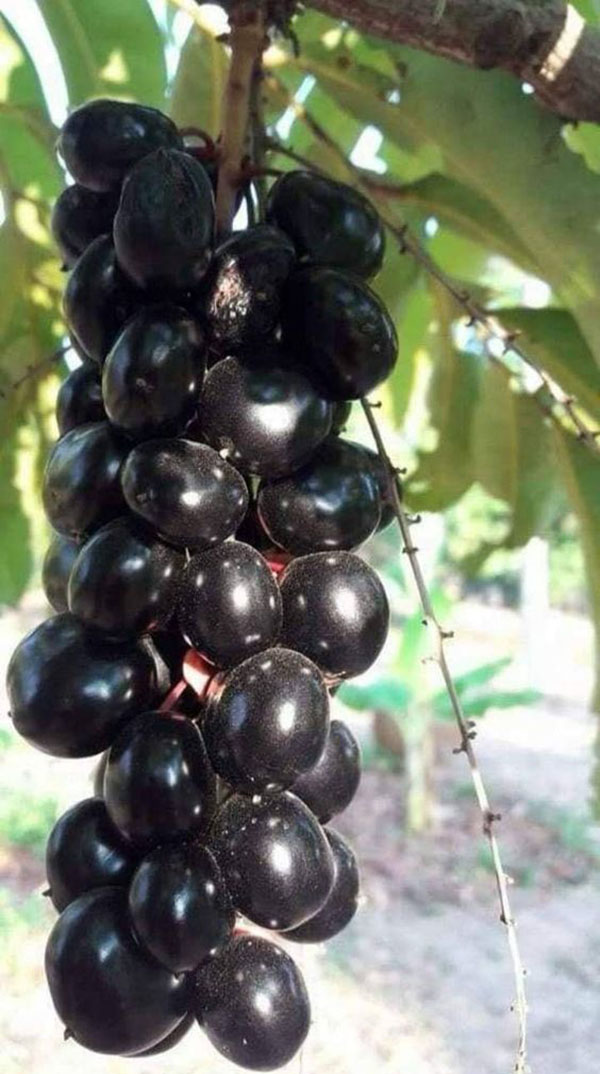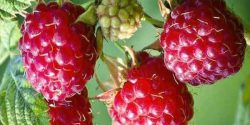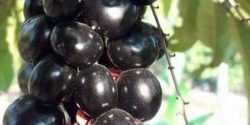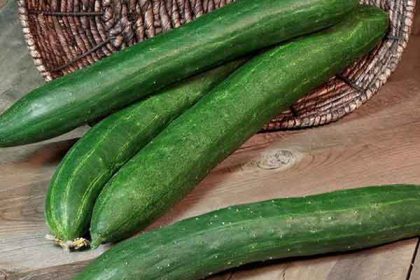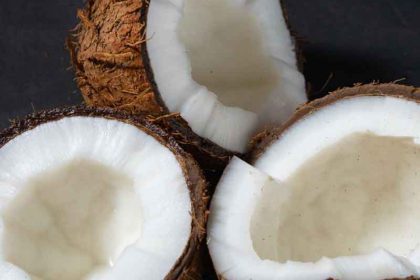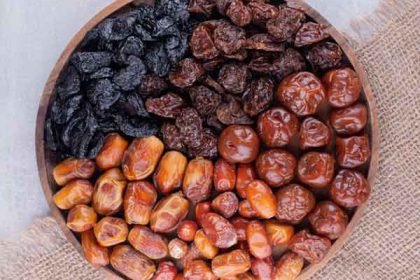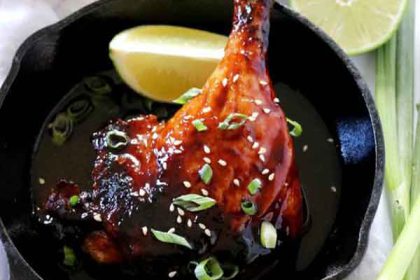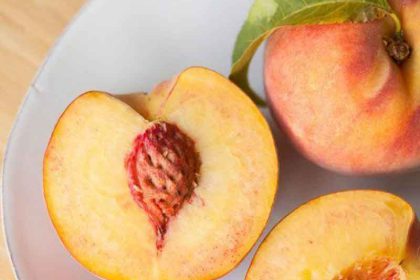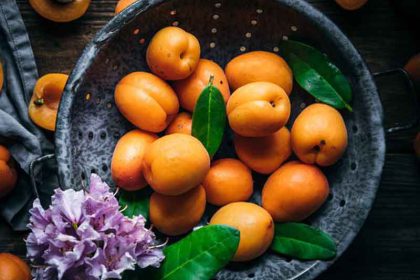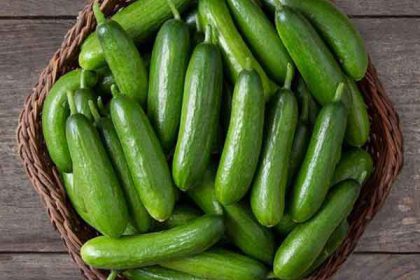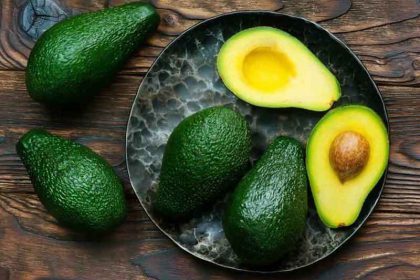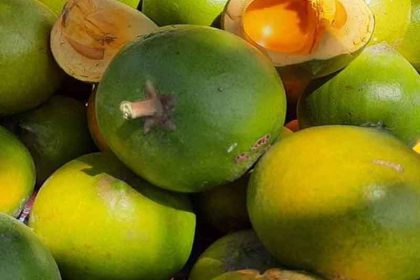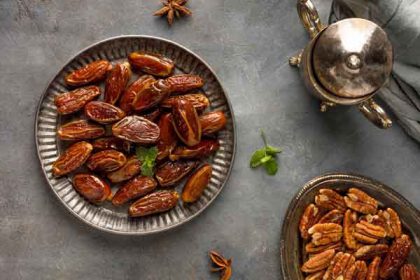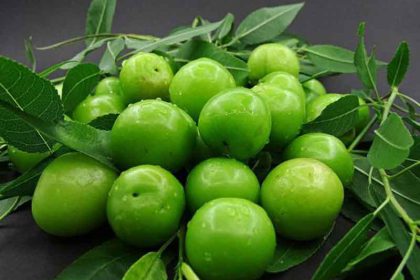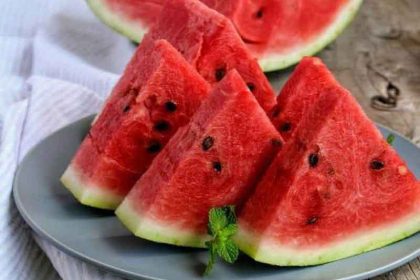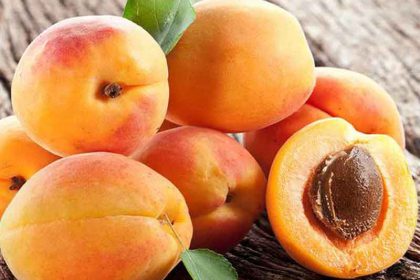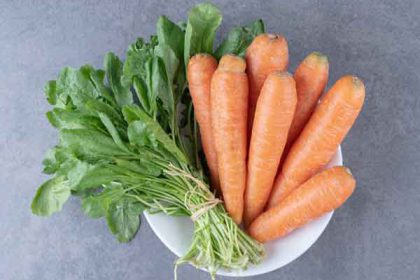Java plum benefits and medicinal uses and diabetes and java plum leaves
Java plum benefits
Java plum benefits and medicinal uses and diabetes and java plum leaves On Nicholi site. We hope this article will be of interest to you.
The article is about java plum, also known as Syzygium cumini, a fruit that offers several health benefits but also has potential side effects when consumed in excessive amounts. Java plum is believed to regulate blood sugar, improve digestion, boost immunity, promote healthy skin, and improve heart health due to its low-fat and low-sodium content. However, excessive consumption may cause hypoglycemia, allergic reactions, stomach upset, medication interference, and tooth decay. The article also discusses growing java plum in Florida, making tea from java plum leaves, and the characteristics of the java plum tree, including its shallow root system.
Java plum fruit benefits
Java plum, also known as Syzygium cumini, is a fruit that is known for its various health benefits. Here are some of the potential benefits of consuming java plum fruit:
Rich in antioxidants: Java plum fruit is a rich source of antioxidants, which can help protect the body against damage caused by free radicals. Antioxidants may also help reduce the risk of chronic diseases such as cancer, heart disease, and diabetes.
May help regulate blood sugar: Java plum fruit has been shown to have antidiabetic properties and may help regulate blood sugar levels. It is a low-glycemic index fruit, which means that it releases glucose slowly into the bloodstream and may help prevent spikes in blood sugar levels.
May improve digestion: Java plum fruit is high in dietary fiber, which can help improve digestion and prevent constipation.
May boost immunity: Java plum fruit is rich in vitamin C, which is a powerful antioxidant that may help boost the immune system and reduce the risk of infections.
May promote healthy skin: Java plum fruit is a good source of vitamin C, which is important for the production of collagen, a protein that is essential for healthy skin. The fruit is also rich in antioxidants, which may help protect the skin against damage caused by free radicals.
May improve heart health: Java plum fruit is low in fat and sodium and high in potassium, which may help lower blood pressure and reduce the risk of heart disease.
Overall, java plum fruit is a nutritious fruit that may offer several health benefits. However, more research is needed to fully understand the potential health benefits of this fruit.
Java plum side effect
Java plum, also known as Syzygium cumini, is generally considered safe for consumption when consumed in moderate amounts. However, excessive consumption of java plum fruit may lead to certain side effects, such as:
Hypoglycemia: Java plum fruit has been shown to have antidiabetic properties and may help regulate blood sugar levels. However, consuming too much java plum fruit may lead to a sudden drop in blood sugar levels, especially in people with diabetes.
Allergic reactions: Some people may be allergic to java plum fruit and may experience symptoms such as itching, hives, and swelling.
Stomach upset: Consuming too much java plum fruit may cause stomach upset, such as nausea, vomiting, and diarrhea.
Interference with medication: Java plum fruit may interact with certain medications, such as antidiabetic medications, and may interfere with their effectiveness.
Tooth decay: Java plum fruit is acidic and consuming too much of it may lead to tooth decay and erosion of tooth enamel.
It is important to consume java plum fruit in moderation and to consult a doctor if you experience any adverse effects after consuming it.
Java plum Florida
Java plum, also known as Syzygium cumini, is not commonly grown in Florida due to its tropical nature. While it can tolerate some cold temperatures, it prefers a warm, humid climate and is typically found in tropical and subtropical regions. However, it may be possible to grow java plum in certain parts of Florida, such as in southern parts of the state or in protected areas. Before planting java plum, it is important to research the specific growing requirements and to consult with local experts or agricultural extension agents to determine if it is suitable for your area.
java plum leaves tea
Java plum, also known as Syzygium cumini, leaves are used to make tea in some cultures, as they are believed to have medicinal properties. To make java plum leaf tea:
Collect fresh java plum leaves and wash them thoroughly.
Boil a pot of water.
Add the washed java plum leaves to the boiling water.
Reduce the heat and let the leaves simmer for about 5-10 minutes.
Strain the tea and discard the leaves.
Sweeten the tea with honey or sugar, if desired.
Serve the java plum leaf tea hot or cold.
Java plum leaf tea is believed to have several health benefits, such as improving digestion, lowering blood sugar levels, and promoting heart health. However, it is important to consult with a healthcare provider before using java plum leaves or any other herbal remedies for medicinal purposes.
Java plum tree
The Java plum tree, also known as Syzygium Cumini, is a tropical evergreen tree that belongs to the Myrtaceae family. It is native to India but is now widely cultivated in tropical and subtropical regions of the world, including Southeast Asia, Australia, and South America.
The tree can grow up to 30 meters in height and has a dense canopy with dark green, glossy leaves that are elliptical in shape. The tree produces small, fragrant, white, or pink flowers that give way to oval-shaped fruit, which is commonly referred to as java plum or Jamun. The fruit is initially green but turns dark purple or black when fully ripe.
Java plum trees are valued for their fruit, which is edible and has a sweet, tangy flavor. The fruit is commonly used to make jams, jellies, and other desserts. It is also eaten fresh and is a good source of several nutrients, including vitamin C, potassium, and iron.
In addition to its fruit, the java plum tree is also valued for its wood, which is hard and durable. It is used to make furniture, tool handles, and other products. The bark of the tree is used to make tannins, which are used in the leather industry.
Java plum trees are also commonly used for landscaping purposes due to their attractive foliage, flowers, and fruit. They are planted in parks, gardens, and along roadsides for their aesthetic appeal.
Java plum tree roots
Java plum, also known as Syzygium cumini, is a tree with a shallow root system. The roots of the java plum tree tend to spread outwards rather than deep into the soil, and they can be quite extensive, covering an area much larger than the tree’s canopy. This shallow root system can make the tree susceptible to uprooting during strong winds or heavy rains, especially in loose or poorly-drained soils. It is important to consider the potential root growth of the java plum tree when planting it near buildings, sidewalks, or other structures to avoid any potential damage from the roots. Additionally, regular pruning and root maintenance may be necessary to keep the tree healthy and prevent any issues with the roots.
Java plum tree height
Java plum, also known as Syzygium cumini, is a tropical evergreen tree that can grow up to 30 meters (about 98 feet) tall in its native range. However, the height of the tree can vary depending on growing conditions, such as soil quality, water availability, and pruning practices. In cultivation, java plum trees are often kept smaller, usually around 10-15 meters (about 33-49 feet) tall, to make fruit harvesting and tree maintenance easier.
Java plum tree benefits
Java plum, also known as Syzygium cumini, the tree has several benefits, some of which are:
Edible fruit: The fruit of the java plum tree is edible and is rich in nutrients, such as vitamin C, iron, and antioxidants.
Traditional medicine: Various parts of the Java plum tree, such as the bark, leaves, and fruit, have been used in traditional medicine to treat various ailments, such as diabetes, ulcers, and digestive issues.
Timber: The wood of the java plum tree is hard and durable and is used for furniture, construction, and fuelwood.
Ornamental tree: The java plum tree is often grown as an ornamental tree due to its attractive foliage and canopy shape.
Shade tree: The dense canopy of the java plum tree provides shade and is often planted in gardens and parks.
Honey production: The flowers of the java plum tree are a source of nectar for honey bees, and the tree is often used for honey production.
Soil improvement: Java plum is a nitrogen-fixing tree, which means it can improve soil fertility by fixing nitrogen from the air into the soil.
Overall, the java plum is a versatile tree with several benefits, and its fruit is highly valued for its nutritional and medicinal properties.
Java plum tree location
Java plum, also known as Syzygium cumini, is a tropical evergreen tree that is native to South Asia but has been introduced to many other parts of the world. It is commonly grown in tropical and subtropical regions, such as India, Southeast Asia, and parts of South America. In these regions, the tree is often found in gardens, parks, and along roadsides. The tree requires a warm and humid climate and is not well-suited for regions with cold temperatures or frost. In areas where it is not native, it is often grown in greenhouses or as a houseplant.
Java plum medicinal uses
Java plum, also known as Syzygium cumini, has been used in traditional medicine for various medicinal purposes. Here are some of the medicinal uses of java plum:
Antidiabetic properties: Java plum has been shown to have antidiabetic properties and may help regulate blood sugar levels. It may also help improve insulin sensitivity.
Anti-inflammatory properties: Java plum fruit and bark contain compounds that have anti-inflammatory properties and may help reduce inflammation in the body.
Anti-microbial properties: Java plum fruit and leaves have been shown to have antimicrobial properties and may help fight against various bacteria and fungi.
Anti-cancer properties: Some studies have suggested that java plum fruit may have anti-cancer properties and may help prevent the growth and spread of cancer cells.
Anti-ulcer properties: Java plum fruit and bark have been traditionally used to treat ulcers and may help reduce inflammation in the stomach lining.
Digestive health: Java plum fruit is a good source of dietary fiber, which can help improve digestion and prevent constipation.
Cardiovascular health: Java plum fruit is low in fat and sodium and high in potassium, which may help lower blood pressure and reduce the risk of heart disease.
While java plum has several potential medicinal uses, more research is needed to fully understand its therapeutic properties and effectiveness.
Java plum description
Java plum, also known as Syzygium cumini, is a tropical evergreen tree that belongs to the family Myrtaceae. It is native to the Indian subcontinent but is also found in other parts of Asia, Australia, and some Pacific islands.
The tree can grow up to 30 meters tall and has a dense, round-shaped canopy. The bark is dark brown and rough, with vertical fissures. The leaves are glossy, dark green, and ovate in shape, with pointed tips and slightly serrated edges.
The flowers are small and white and bloom in clusters. The fruit is a small, oval-shaped berry, usually about 2-3 centimeters long and 1.5-2 centimeters wide. The fruit turns from green to purplish-black when ripe and has a sweet, juicy pulp surrounding a large seed. The fruit is commonly known as java plum or Indian blackberry.
Java plum is an important fruit tree in many tropical regions and is used for its fruit, timber, and traditional medicinal properties. It is also popular as an ornamental tree in gardens and parks due to its attractive foliage and canopy shape.
Java plum recipes
Here are a few Java plum recipes you can try:
Java Plum Chutney:
Ingredients:
1 cup chopped Java plums
1/2 cup chopped onion
1/4 cup chopped fresh ginger
1/4 cup brown sugar
1/4 cup apple cider vinegar
1/4 tsp. red pepper flakes
Salt to taste
Instructions:
Combine all the ingredients in a large saucepan and bring to a boil.
Reduce the heat and let the mixture simmer until the plums are soft and the chutney has thickened, about 30-40 minutes.
Remove from heat and let it cool.
Serve as a dip with crackers or use as a condiment with meat or poultry.
Java Plum Jam:
Ingredients:
1 kg Java plums
1 kg sugar
1 lemon
Instructions:
Wash and remove the seeds from the plums.
In a large pot, combine the plums, sugar, and juice from one lemon.
Cook over medium heat, stirring constantly, until the sugar has dissolved and the mixture comes to a boil.
Reduce the heat to low and let the jam simmer for 45-60 minutes, or until it thickens and the plums break down.
Remove from heat and let it cool.
Pour the jam into sterilized jars and seal tightly.
Store in a cool, dark place for up to a year.
Java Plum Smoothie:
Ingredients:
1 cup chopped Java plums
1 banana
1 cup almond milk
1 tsp. honey
1/2 tsp. vanilla extract
Ice cubes
Instructions:
Combine all the ingredients in a blender and blend until smooth.
Add ice cubes and blend again until the desired consistency is reached.
Pour into glasses and serve immediately.
Java Plum Salad:
Ingredients:
2 cups chopped Java plums
2 cups mixed greens
1/2 cup crumbled feta cheese
1/4 cup chopped walnuts
1/4 cup balsamic vinaigrette dressing
Instructions:
In a large bowl, combine the Java plums, mixed greens, feta cheese, and walnuts.
Drizzle the balsamic vinaigrette dressing over the top and toss gently to combine.
Serve chilled.
Java plum leaves benefits
Java plum leaves, also known as Syzygium cumini leaves, have several potential health benefits. Here are some of them:
Antioxidant properties: Java plum leaves contain flavonoids and phenolic compounds that have antioxidant properties. Antioxidants help protect the body’s cells from damage caused by harmful molecules called free radicals.
Anti-diabetic effects: Java plum leaves have been found to have anti-diabetic properties. They may help lower blood sugar levels and improve insulin sensitivity, making them a potential natural remedy for diabetes.
Anti-inflammatory properties: Java plum leaves contain compounds that have anti-inflammatory properties. Inflammation is a natural response of the body to injury or infection, but chronic inflammation can lead to several diseases. Consuming Java plum leaves may help reduce inflammation in the body.
Antimicrobial activity: Java plum leaves have been found to have antimicrobial activity against several bacterial and fungal species. This property may make them useful in the treatment of infections caused by these organisms.
Digestive health: Java plum leaves may help improve digestive health. They have been traditionally used in Ayurveda to treat diarrhea, dysentery, and other digestive problems. They may help regulate bowel movements and improve the absorption of nutrients from food.
Skin health: Java plum leaves contain compounds that may help improve skin health. They have been used in traditional medicine to treat skin conditions like acne and eczema. Applying a paste made from crushed Java plum leaves on the affected area may help soothe the skin and reduce inflammation.
Java plum powder
Java plum powder is made from dried and ground Java plum fruit (Syzygium cumin). It is commonly used in Indian cuisine as a flavoring agent and is also used in traditional Ayurvedic medicine for its potential health benefits.
Here are some common uses of Java plum powder:
Culinary uses: Java plum powder is often used as a flavoring agent in Indian cuisine. It can be added to curries, chutneys, and marinades to add a sweet and tangy flavor. It is also used to make jams, jellies, and desserts.
Herbal remedy: In Ayurvedic medicine, Java plum powder is used as an herbal remedy for various ailments. It is believed to have anti-diabetic properties and is used to regulate blood sugar levels. It is also used to treat diarrhea, dysentery, and other digestive problems. Additionally, it is believed to have anti-inflammatory and antioxidant properties and may be used to treat skin conditions like acne and eczema.
Nutritional supplement: Java plum powder is rich in vitamins and minerals, and is a good source of dietary fiber. It contains vitamins A, C, and K, as well as calcium, potassium, and iron. Adding Java plum powder to smoothies, juices, or yogurt can help boost the nutritional value of these foods.
Java plum powder can be found in specialty stores that sell Indian spices and herbs. It can also be purchased online. When using Java plum powder, it is important to follow the recommended dosage.
Java Plum scientific name
The scientific name of Java Plum is Syzygium cumini. It belongs to the Myrtaceae family, which includes other fruits like guava and pomegranate. Java Plum is also known by other common names like Indian Blackberry, Jamun, Jambul, and Eugenia jambolana (an old scientific name).

